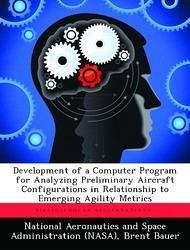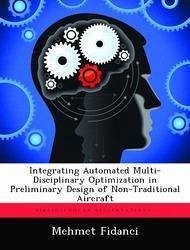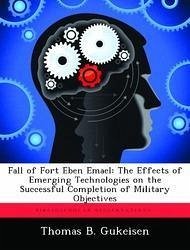Nicht lieferbar

Development of a Computer Program for Analyzing Preliminary Aircraft Configurations in Relationship to Emerging Agility Metrics
Versandkostenfrei!
Nicht lieferbar
This paper discusses the development of a FORTRAN computer code to perform agility analysis on aircraft configurations. This code is to be part of the NASA-Ames ACSYNT (AirCraft SYNThesis) design code. This paper begins with a discussion of contemporary agility research in the aircraft industry and a survey of a few agility metrics. The methodology, techniques and models developed for the code are then presented. Finally, example trade studies using the agility module along with ACSYNT are illustrated. These trade studies were conducted using a Northrop F-20 Tigershark aircraft model. The stud...
This paper discusses the development of a FORTRAN computer code to perform agility analysis on aircraft configurations. This code is to be part of the NASA-Ames ACSYNT (AirCraft SYNThesis) design code. This paper begins with a discussion of contemporary agility research in the aircraft industry and a survey of a few agility metrics. The methodology, techniques and models developed for the code are then presented. Finally, example trade studies using the agility module along with ACSYNT are illustrated. These trade studies were conducted using a Northrop F-20 Tigershark aircraft model. The studies show that the agility module is effective in analyzing the influence of common parameters such as thrust-to-weight ratio and wing loading on agility criteria. The module can compare the agility potential between different configurations. In addition, one study illustrates the module's ability to optimize a configuration's agility performance. This work has been selected by scholars as being culturally important, and is part of the knowledge base of civilization as we know it. This work was reproduced from the original artifact, and remains as true to the original work as possible. Therefore, you will see the original copyright references, library stamps (as most of these works have been housed in our most important libraries around the world), and other notations in the work. This work is in the public domain in the United States of America, and possibly other nations. Within the United States, you may freely copy and distribute this work, as no entity (individual or corporate) has a copyright on the body of the work. As a reproduction of a historical artifact, this work may contain missing or blurred pages, poor pictures, errant marks, etc. Scholars believe, and we concur, that this work is important enough to be preserved, reproduced, and made generally available to the public. We appreciate your support of the preservation process, and thank you for being an important part of keeping this knowledge alive and relevant.











